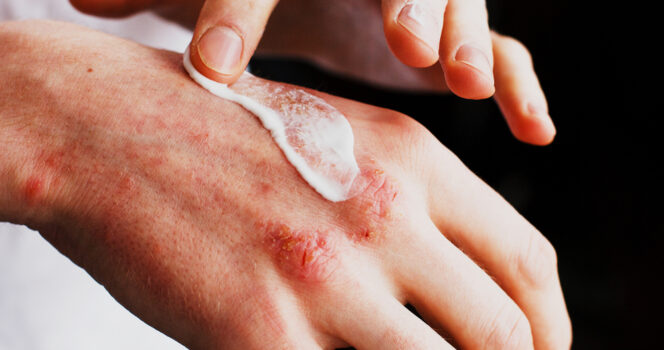Psoriasis is more than a common skin problem—it’s an autoimmune condition that speeds up the life cycle of skin cells, causing scales, redness, and sometimes nail changes. Managing it well is crucial to maintaining good health.
This disease comes in five different forms, each with unique symptoms. Knowing what to watch for can help you get the right treatment early.
Psoriasis causes skin cells to build up rapidly, producing itchy, scaly patches mostly on places like knees, elbows, the scalp, and trunk. According to the Mayo Clinic, it affects millions worldwide—over 125 million people—with around 8 million in the U.S. alone.
The exact cause is unknown, but genetics and environmental factors play key roles. The National Psoriasis Foundation divides the condition into five types, each affecting patients socially and emotionally due to their visible nature.
Plaque psoriasis is the most common form, with thick, red or pink patches covered by silvery scales, often causing moderate to severe itching. These plaques can leave temporary discoloration, especially on darker skin tones.
Guttate psoriasis usually affects younger people and follows an infection like strep throat. It is marked by small, drop-shaped spots mainly on the torso and limbs that are less scaly than the plaques seen in plaque psoriasis.
Inverse psoriasis appears in skin folds like the groin and under breasts. It’s red, smooth, and shiny without the typical scales but often worsens with sweat or friction, with fungal infections being a common trigger.
Pustular psoriasis, less common but more severe, causes white blisters filled with pus surrounded by inflamed skin and may come with fever and chills. It can be localized or cover large areas and requires immediate medical care.
The rarest and most serious, erythrodermic psoriasis, involves intense redness, widespread peeling, and swelling, and can be life-threatening. Triggers include severe sunburn, infections, or suddenly stopping treatment.
Additionally, psoriasis can affect nails causing them to thicken, pit, discolor, or even lift off the nail bed, signaling possible psoriatic arthritis, which affects joints.
Recognizing these signs helps you take control of your health. If you notice any of these symptoms, seeing a dermatologist is essential.
Feel free to share your experiences managing psoriasis in the comments, and share this article to help spread awareness.


